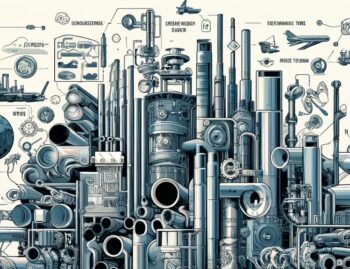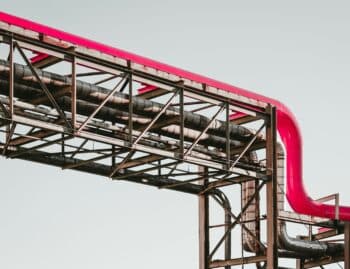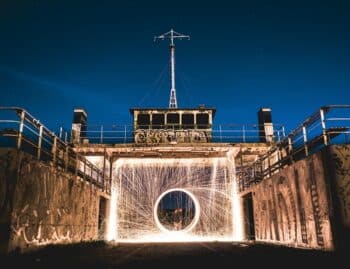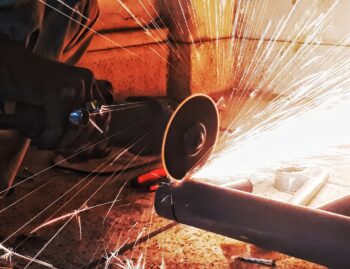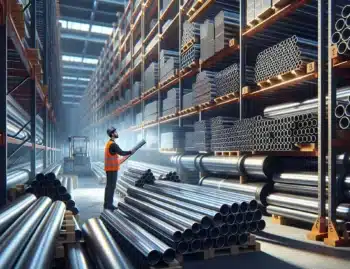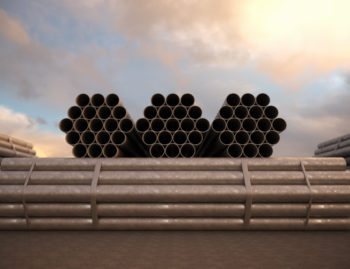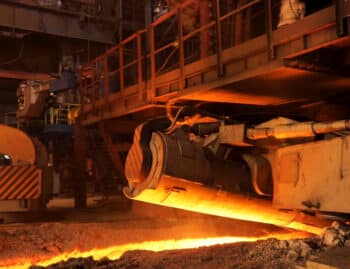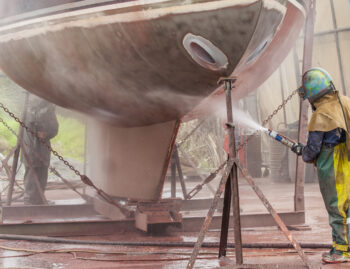
Battleships went from wooden warships to ironclad military vessels. The history of steel battleships is a testament to the tenacity of American steel.
Battles took place on the water for centuries, but the term “battleship” wasn’t coined until the 1900s. Before the Civil War, most naval operations used “warships”.
In Europe, major world powers were installing steel plates onto their warships. Steam engines drove these massive fighting vessels. They were symbols of a nation’s military supremacy.
As a result, steel battleships became a vital part of military defense. Moreso, these sunken steel relics are still valuable.
The First Steel Navy
Early steel battleships were called “ironclads”. They were not completely made of steel, but were covered with protective iron plates. France and Great Britain were working with iron plating in mid-1800s. This is because of the corresponding development of steam power.
Yet, it was still too easy to sink an entire ship with a single cannonball. On March 9, 1862, history recorded the first battle between two steel battleships.
At the Battle of Hampton Roads, John Worden’s Union vessel met the Confederate Army’s steel vessel. While naval engagements were minimal in the Civil War, a new era in warfare on the water was born. Battleships would soon be all-steel, and more resistant to fire and heavy artillery.
(Steel)ing Control of the Seas (Pun Intended)
Britain’s Royal Navy had long been a dominant force on the seas. The term “battleship” is actually attributed to the Royal Navy. The phrase was coined for Her Majesty’s naval fleet sometime around 1890.
Over the next decade, the production of steel would become more efficient. It was almost entirely dedicated to naval and military vessels. In 1906, the British Royal Navy christened the HMS Dreadnought.
This was the first of what would become the namesake for all naval battleships. The US joined Germany and Great Britain in a race for control of the world’s oceans.
Steel battleships would become key to stealing control of the high seas. As missile defense systems became more advanced, attacks from the water became less practical.
Steel battleships are still of extreme historic interest. Their introduction into military strategy changed the face of our world. Even the huge vessels at the bottom of our oceans still have value.
Raising Sunken Battleships
You might assume that raising sunken battleships would be solely for historic preservation. There is another important reason that these sunken relics are valuable.
The detonation of the first nuclear bomb contaminated most steel with radioactive particles. This means that steel battleships from before then are safer to use. This is especially true for medical scanners and Geiger counters.
Technology is available to remove radioactive materials from modern steel, but it is costly.
The water surrounding these ships has also protected the steel from radioactivity. For that reason, medical scanners consist of sunken steel battleship parts.
Steel battleships changed how nations fought battles and protected their shorelines. Steel battleships evolved from wooden warships to iron armadas. They became a symbol for a nation’s supremacy on the seas.


